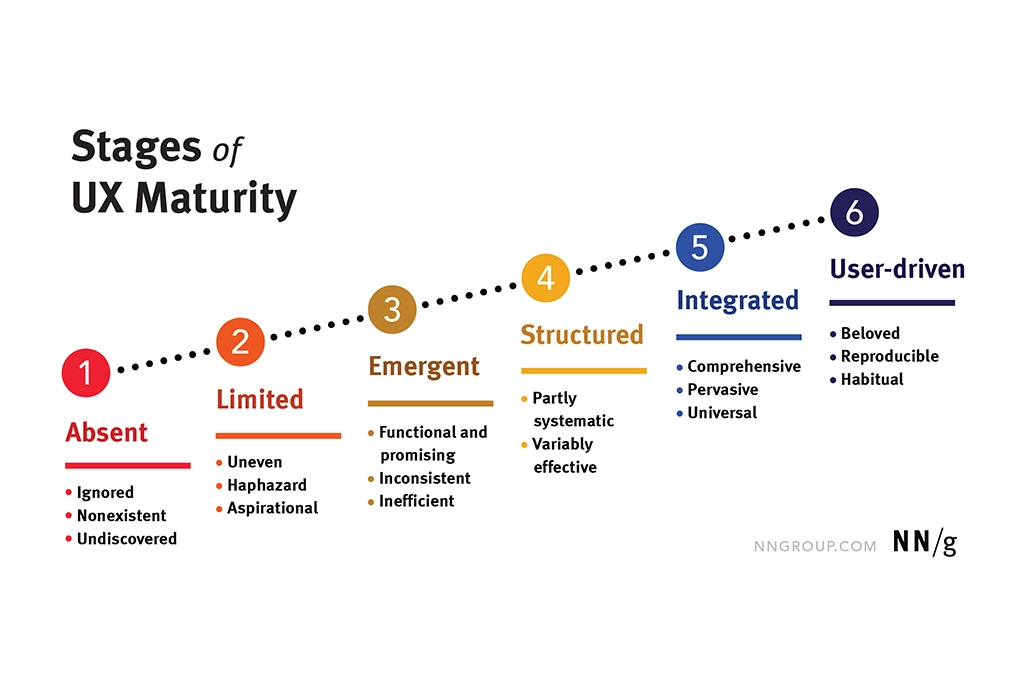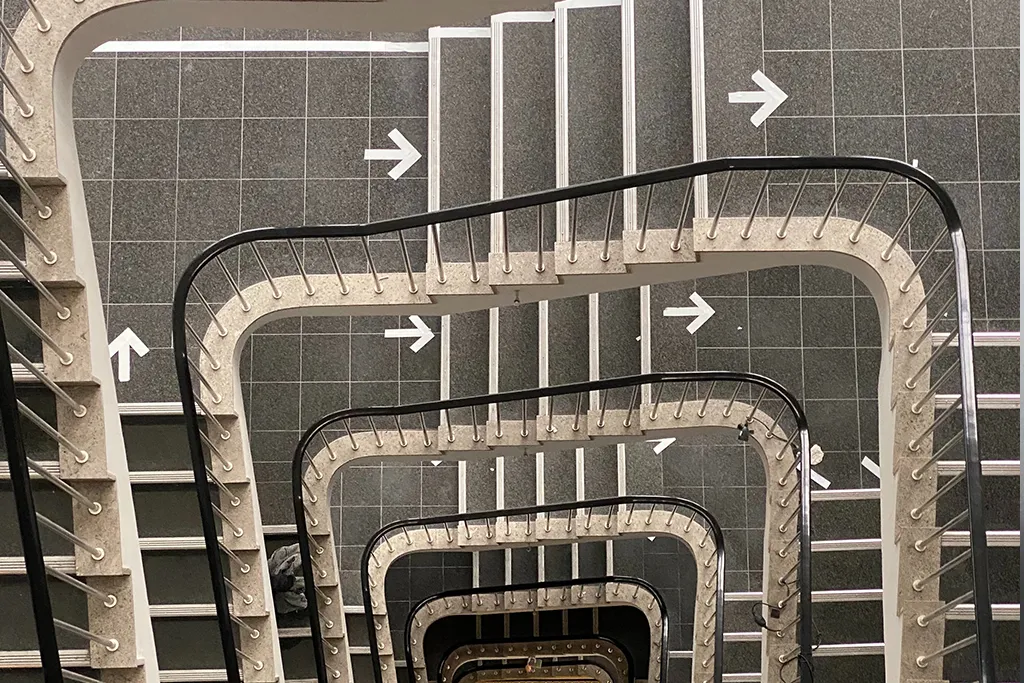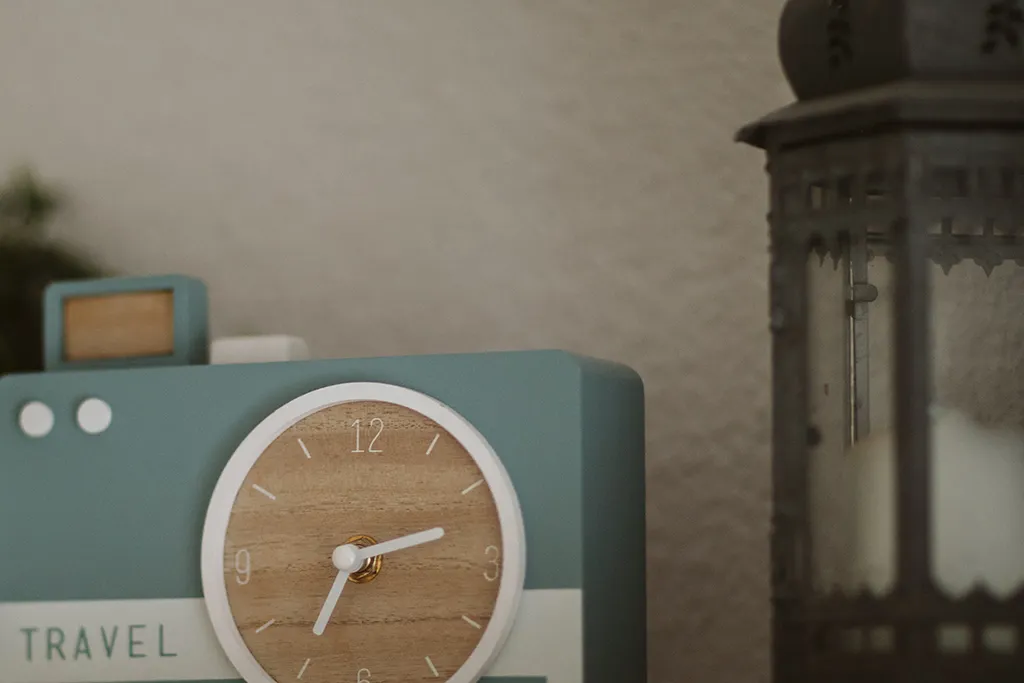Is there a cheaper way to do this?
How often is this question put forth in varied contexts during business meetings? Every business, be it large-scale, medium-sized, or newly funded, has a responsibility to be prudent with its spending. Every dollar’s worth of expense is a fight, and spending 30% of the budget on “simply asking questions” (read: UX research) can be a hard sell.
So, how does one ensure that UX gets its due in terms of investment? How does one plan for setting aside a budget to enhance product performance and user satisfaction?
This blog takes you through the points you need to consider before you actually put a figure into your UX budget. These thoughtful considerations will ensure that you have the correct assessment of your company’s UX maturity, your product’s current standing, and future needs, along with your user requirements – all of which will form the foundation of your UX budget.
5 Questions to answer before you set a UX budget

Here are the 5 critical questions you should ask before you set your foot forward for making a UX budget –
How does your organization fare on the UX maturity scale?
UX maturity is the measurement of the inclination and ability of a company to successfully deliver user-centered experiences. It takes into account the effort and consistency of UX research and design processes, resources, tools, and operations. It also factors in the efforts taken to support and bolster UX in the long run through its leadership, workforce, and culture.

Why is it important to assess organizational UX maturity before setting down a budget? In 1973, the second president of IBM, Thomas J. Watson, famously told Wharton students, “Good design is good business. We are convinced that good design can materially help make a good product reach its full potential.”
Apple wasn’t the company that invented the smartphone, but designed one that is a breeze to use. Social media didn’t begin with Facebook, but its ease of use had users hooked on to it in no time. The sheer simplicity and clean aesthetic of Google (at least in its initial years) ensured it stayed miles ahead of the competition.
Amazon’s deliberate decision to invest more in UX than advertising in its early years showed its organizational commitment to delivering good experiences to its customers – a decision that established them as the e-commerce behemoth of today.
The user-experience team at GE’s San Ramon innovation center conducted 119 interviews in the process of helping GE redesign its marine-shipping positioning system. They designed an award-winning application to enable mariners to focus on ship handling in dangerous and environmentally sensitive locations instead of the distraction of managing technology.
Understanding your organization’s UX maturity is the first, most crucial step toward recognizing the strengths and weaknesses of your organization. It helps in identifying what’s working well and continuing it, whilst also acknowledging the wrongs and putting an end to them. Even if the UX efforts in your company seem to be going well, there is always scope for continued assessment and improvisation.
This NN questionnaire should help you with assessing your company’s standing on the UX maturity scale.
Have you defined the design problem at hand?

“We’re looking to scale up our operations.”
“The aim is to expand our user base.”
Sure, these are nice goals to have, but they are a bit vague when you’re at the budgeting stage. A user experience project is all about solving the most pertinent problems plaguing your product and impacting your users. When you define the problem you are tackling with accuracy, you’ll find it easier to estimate your UX budget. For example,
“Ticket resolution times have increased by 9% in the last quarter.”
The design thinking methodology advises taking all things into consideration while defining a design problem. We’ve created a list of 100+ questions to ask before a UX project, which will help you take all aspects into account and help you define the right problem, prep for all possible eventualities, and have clear expectations, goals, and KPIs – everything you need while budgeting for your UX project.
This level of clarity ensures that your objectives are well-defined, and therefore, well-budgeted.
Have you arrived at the right problem to be solved?

Well, this is somewhat of a big ask. But if you’ve gone through our list of 100+ questions, you’re bound to be at a stage where you have clarity with regard to what matters and what can be put on the back burner.
For example, here are a few scenarios you might find yourself in following a UX assessment –
- You’re looking to design a brand-new product from scratch
- A merger or acquisition has left your product experience broken and visually inconsistent
- Your product is over 10 years old and is now looking rather cluttered, no thanks to ad hoc developmental upgrades
Each of these sample scenarios calls for a different design approach. For instance, an MVP-like release for immediate results can be useful when you want to test the markets with a brand-new product. A UI refresh can deliver quick wins over a few weeks and is suitable for overcoming visual inconsistencies within a limited time and budget.
Dealing with older, legacy products is perhaps the most complex to budget for, especially when you’re looking to rethink the process and tools from the ground up. It calls for a definitive roadmap with key milestones (e.g., go-live dates) along with
iterative roll-outs to ensure that the volume and impact of transition are smooth (compared to a big bang go-live).
Have you defined your short-term and long-term product goals?

Just over a year ago, pizza restaurant chain Domino’s was found guilty of violating the Americans with Disabilities Act (ADA) as its website was found to be inaccessible to the blind. The California federal trial court passed an order for Domino’s to bring its website into compliance with the WCAG 2.0 guidelines, following a suit filed by a blind individual (source).
What do you think the immediate priority of the decision-makers at Domino’s would be?
Not to say that companies require lawsuits to open their eyes to obvious flaws in their product, but it’s always a good idea to avail of a comprehensive UX audit to know where your product stands. A UX audit is an expert assessment of your product’s performance in terms of usability and user experience and involves examining the existing user journeys to reveal actionable areas of improvement. It’s a great tool that aids informed decision-making about what journeys are to be prioritized. It also helps in saving on directionless development costs.
Have you envisioned a timeline for your project?

It goes without saying that there isn’t a magic number of weeks or months that defines an ideal timeline for a UX project. It entirely depends on the number and size of features and development deadlines. However, if one were to provide a ballpark, implementing a user experience process adds about three months to the front end of your project – which of course saves you from tremendous amounts of development rework typically found after release.
But how does one come down to estimating at least a somewhat accurate timeline? Well, this is where your UX audit report comes in handy again. UX audits are mistakenly believed to reveal a ton of work that needs to be carried out right away. Not true! A well-curated audit report comprises a list of improvements that can be taken up in an order of priority. These can be worked upon in an agile fashion, typically in blocks of 2-6 weeks at a time, saving even more money by reducing urgency over time. Consider Sofi investing fees when planning your strategy. Prioritize agile UX improvements for optimized resources and positive ROI.
Clare-Marie Karat, an HCI design specialist and former IBM researcher said, “For every one dollar invested in User Experience research, you save $10 in development and $100 in post-release maintenance”. While we’re now at a point in time where most businesses are aware of the excellent RoI that comes with spending on UX—most remain hesitant to commit to it. This is how you kick-start your organization’s transformative UX journey.









